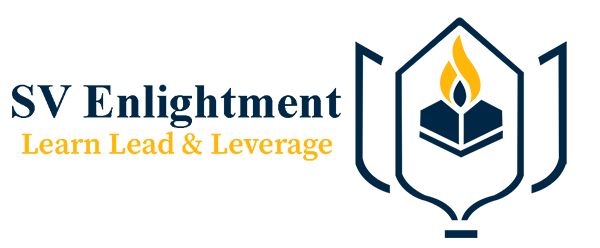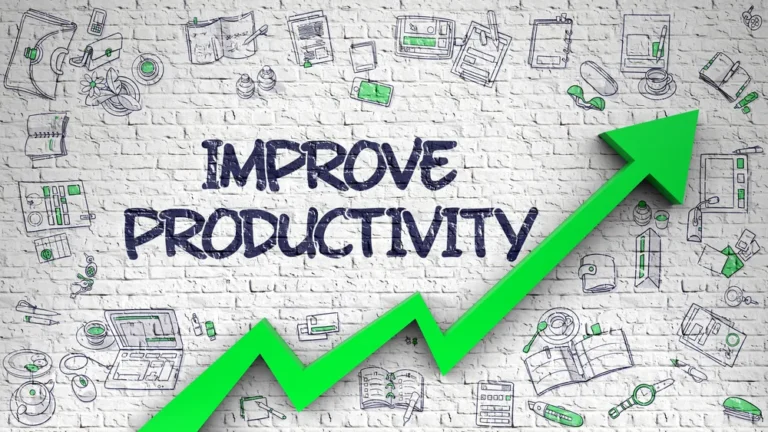21 Ways to Increase Your Productivity in Life
Productivity is the key to success in any field. Whether you want to accomplish more in your personal life, workplace, or business, mastering the art of productivity can significantly impact your progress. If you’re wondering how to increase productivity, how to improve productivity in the workplace, or how to boost productivity, this guide will provide you with actionable strategies to maximize efficiency and achieve your goals faster.
 1. Set Clear Goals
1. Set Clear Goals
Having well-defined goals gives direction to your efforts. Use the SMART (Specific, Measurable, Achievable, Relevant, and Time-bound) framework to make your goals effective. When employees understand their objectives, it helps increase employee productivity in an organization.
 2. Prioritize Your Tasks
2. Prioritize Your Tasks
Use the Eisenhower Matrix to categorize tasks into urgent, important, and non-essential. Prioritization helps you focus on what truly matters, ultimately answering how to improve your work performance and how to increase staff productivity effectively.
 3. Eliminate Distractions
3. Eliminate Distractions
Social media, emails, and unnecessary conversations can waste hours. Use tools like Focus Mode, Pomodoro Timer, or Noise-Canceling Headphones to stay on track. Reducing distractions is crucial for those looking for how to improve productivity in manufacturing.
 4. Follow the 80/20 Rule (Pareto Principle)
4. Follow the 80/20 Rule (Pareto Principle)
Identify the 20% of tasks that contribute to 80% of your success. Focus on high-value activities rather than getting lost in minor details. This principle is particularly beneficial for companies wondering how to boost productivity in the workplace.
 5. Develop a Morning Routine
5. Develop a Morning Routine
A productive morning routine sets the tone for the entire day. Exercise, meditation, and a nutritious breakfast help in mental clarity and focus, making it easier to increase productivity in manufacturing and other industries.
 6. Use Technology to Automate Tasks
6. Use Technology to Automate Tasks
Leverage productivity apps such as Trello, Asana, or Slack to automate repetitive tasks. This helps individuals and organizations looking for how to increase productivity in the workplace and improve efficiency.
 7. Take Short Breaks
7. Take Short Breaks
Breaks help refresh your mind. The Pomodoro Technique (25-minute work sprints followed by 5-minute breaks) is an effective way to maintain high energy and avoid burnout. It answers the question of how to improve productivity in the workplace efficiently.
 8. Stay Organized
8. Stay Organized
A clutter-free workspace leads to a clutter-free mind. Organize your workspace, whether at home or in the office, to enhance how to boost productivity and focus.
 9. Learn to Say No
9. Learn to Say No
Not every request deserves your time. Declining unnecessary commitments allows you to concentrate on priority tasks and increases how to improve employee productivity effectively.
 10. Get Enough Sleep
10. Get Enough Sleep
Lack of sleep reduces cognitive function and leads to fatigue. Proper rest enhances decision-making skills and helps individuals focusing on how to improve productivity in manufacturing and corporate environments.
 11. Follow a Healthy Diet
11. Follow a Healthy Diet
A well-balanced diet fuels your brain, enhances concentration, and sustains energy levels, making it easier to increase staff productivity and overall performance.
 12. Set Deadlines
12. Set Deadlines
Deadlines create urgency and prevent procrastination. Self-imposed deadlines can help answer how to improve your work performance by increasing accountability.
 13. Practice Deep Work
13. Practice Deep Work
Deep work means engaging in focused, undistracted work for extended periods. This is one of the best ways to increase productivity in manufacturing and in other fields requiring creativity and precision.
 14. Delegate Tasks
14. Delegate Tasks
Delegation frees up time for high-impact activities. Managers and team leaders wondering how to improve employee productivity should assign tasks based on strengths.
 15. Keep Learning and Upskilling
15. Keep Learning and Upskilling
Continuous learning enhances efficiency. Whether it’s a new skill, software, or strategy, staying updated is key to how to increase productivity in the workplace.
 16. Track Your Progress
16. Track Your Progress
Use journals or digital tracking tools to monitor daily and weekly progress. Tracking makes it easier to identify areas of improvement and work on how to improve productivity in the workplace systematically.
 17. Reduce Meetings
17. Reduce Meetings
Unnecessary meetings consume time without adding value. Keep meetings short, purposeful, and structured to boost productivity in the workplace and enhance efficiency.
 18. Use Positive Affirmations
18. Use Positive Affirmations
Self-motivation plays a significant role in staying productive. Daily affirmations like “I am focused,” “I achieve my goals,” and “I am highly productive” can help individuals working on how to improve productivity stay motivated.
 19. Stay Hydrated
19. Stay Hydrated
Dehydration leads to fatigue and decreased focus. Drinking enough water throughout the day significantly helps in how to improve your work performance.
 20. Create a Reward System
20. Create a Reward System
Rewarding yourself after completing important tasks increases motivation and makes productivity a habit, answering how to boost productivity effectively.
 21. Maintain a Work-Life Balance
21. Maintain a Work-Life Balance
Excessive work without relaxation leads to burnout. A well-balanced life is key to how to improve productivity in manufacturing, workplaces, and personal endeavors.
Final Thoughts
Increasing productivity isn’t about working harder but working smarter. By implementing these 21 strategies, you can master how to increase productivity, how to improve productivity in the workplace, and how to boost productivity in life and business. Start applying them today and witness life-changing improvements!





